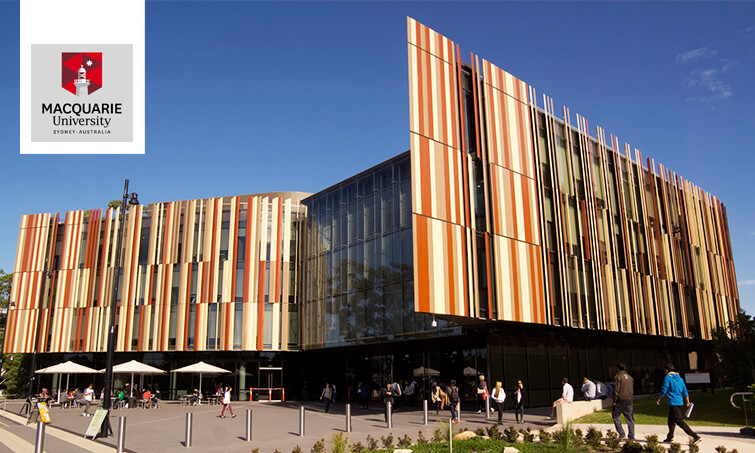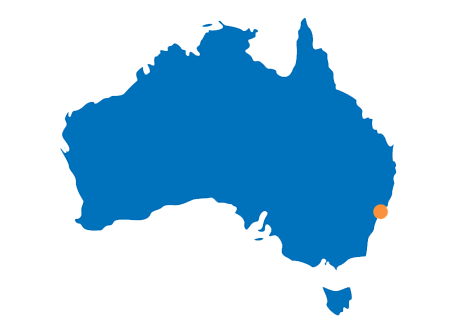The idea of founding a third university in Sydney was flagged in the early 1960s when the New South Wales Government formed a committee of enquiry into higher education to deal with a perceived emergency in university enrollments in New South Wales. During this enquiry, the Senate of the University of Sydney put in a submission which highlighted 'the immediate need to establish a third university in the metropolitan area'. After much debate a future campus location was selected in what was then a semi-rural part of North Ryde, and it was decided that the future university be named after Lachlan Macquarie, an important early governor of the colony of New South Wales.
Macquarie University was formally established in 1964 with the passage of the Macquarie University Act 1964 by the New South Wales parliament.
The initial concept of the campus was to create a new high technology corridor, similar to the area surrounding Stanford University in Palo Alto, California, the goal being to provide for interaction between industry and the new university. The academic core was designed in the Brutalist style and developed by the renowned town planner Walter Abraham who also oversaw the next 20 years of planning and development for the university.












